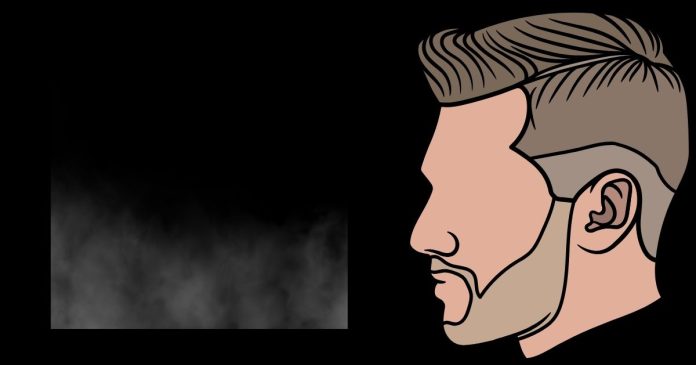If you’ve ever sat in a barber’s chair or found yourself scrolling through haircut inspiration online, chances are you’ve come across the term “taper fade.” And if you’re like me—a stickler for proper barbering terminology—you probably winced a little. Let’s talk about why calling a taper a “taper fade” not only muddles things up but also does a disservice to the artistry of barbers everywhere.
What Is a Taper?
A taper is one of the most classic and versatile haircut techniques out there. It involves gradually shortening the hair as it moves down toward the neckline or sideburns, creating a smooth transition. The beauty of a taper lies in its subtlety. It’s clean, it’s sharp, and it’s timeless. You’ve probably seen it paired with all sorts of hairstyles, from pompadours to afros to buzz cuts.
Key to note: A taper typically keeps the hairline intact and doesn’t go as high or as dramatic as a fade. The contrast is minimal but purposeful.
What Is a Fade?
On the other hand, a fade is a much more dramatic haircut style. It’s characterized by a rapid transition from long to very short or even skin-level hair. The fade can range in height—low, mid, or high—and creates a striking contrast. Fades are bold, modern, and eye-catching. Barbers often use clippers with no guard to achieve that signature “skin fade” look.
The Problem With “Taper Fade”
The issue with calling a taper a “taper fade” is that it’s redundant, misleading, and—let’s be real—kind of annoying. A taper and a fade are two distinct techniques. Sure, there’s some overlap in that they both involve blending hair, but they’re executed differently and achieve different looks.
When people say “taper fade,” they’re often describing a taper but think they’re adding a trendy flair to the term. It’s like calling every sparkling wine “Champagne.” It confuses the terminology and makes it harder for barbers to understand exactly what a client wants.



